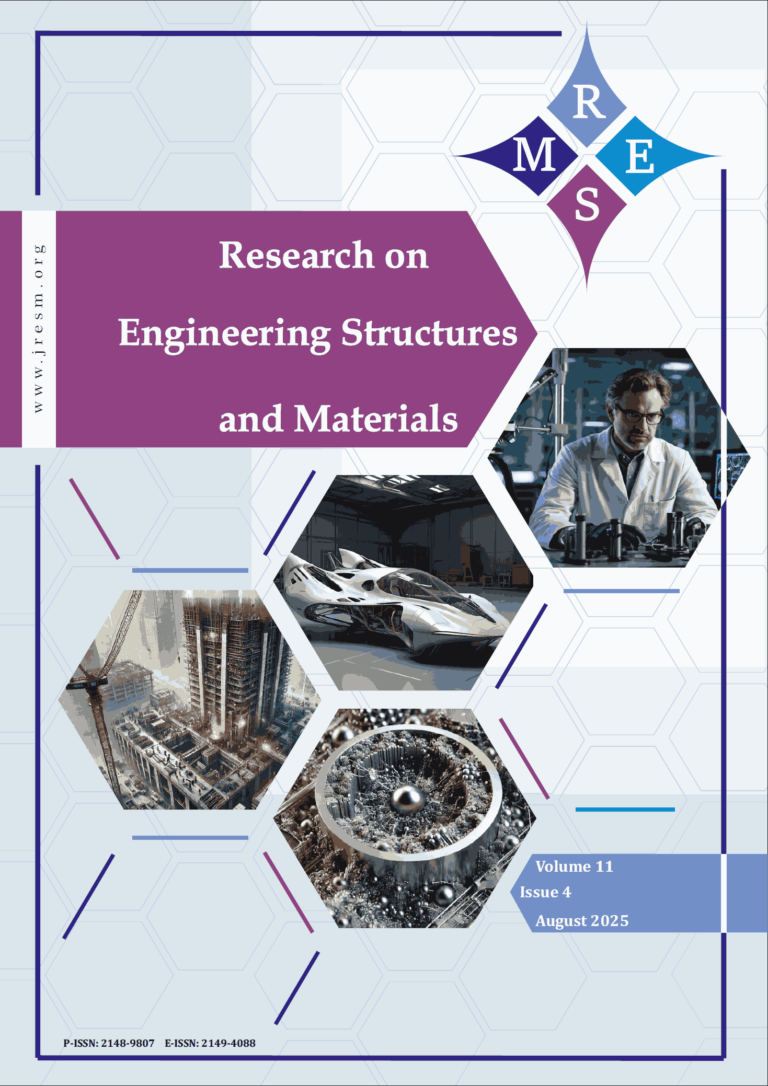Soil characteristics play a pivotal role in seismic risk assessment and earthquake-resistant design, with softer soils exhibiting significant ground motion amplification that elevates structural vulnerability. Construction on soft soil sites presents engineering challenges, as seismic wave propagation significantly alters signal characteristics between the source and the site. This study focuses on two critical engineering parameters—Peak Ground Acceleration (PGA) and Peak Ground Velocity (PGV)—developing site-specific predictive models for soft soil conditions (Vs30 = 180–360 m/s). Utilizing 4,328 records from the PEER NGA-West2 database and 2,462 records from the Engineering Strong Motion (ESM) database, we derive magnitude- and distance-dependent attenuation relationships through nonlinear regression analysis. The models incorporate key variables: moment magnitude (Mw), epicentral distance (EpiD), and shear-wave velocity (Vs30). The PGA model exhibits accelerated attenuation at short distances compared to conventional models (e.g., Boore et al. 1993), while converging with Campbell (1981) at larger distances. For PGV, the formulation effectively captures intermediate-frequency amplification, addressing systematic underprediction by Joyner & Boore (1988) and overprediction by volcanic-region models (e.g., Tusa & Langer 2016). These advancements provide engineers with optimized tools for soft soil seismic design, directly addressing liquefaction risks, resonance effects, and structural performance.
